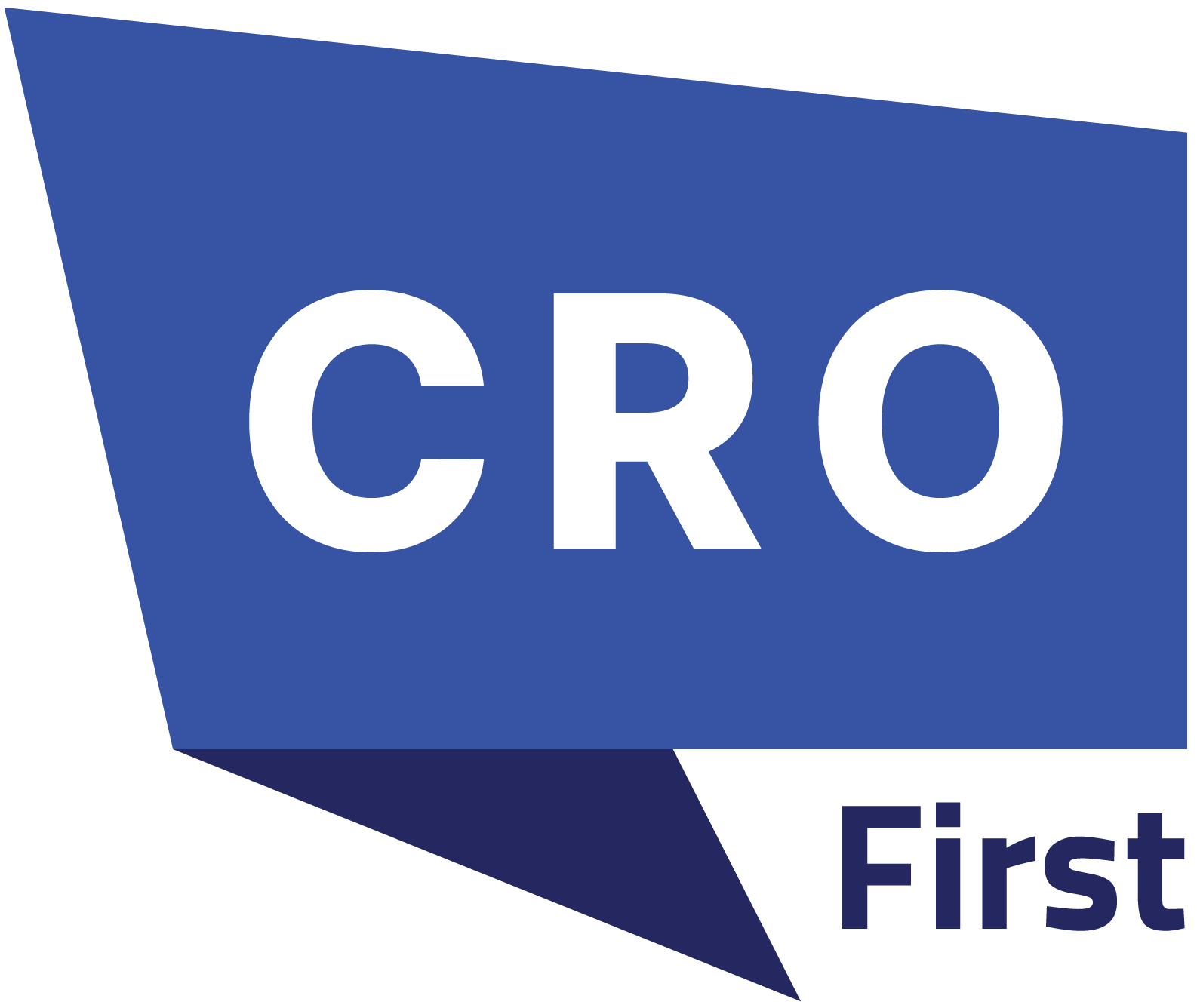In the fast-changing B2B tech world, customer success is no longer just support. It is now key to driving steady revenue growth. Chief Revenue Officers (CROs) must quantify and optimize customer success metrics. It’s not just an advantage; it’s essential. Many organizations find it hard to pinpoint customer success metrics that show how healthy their customer relationships are. These customer success metrics should also impact the bottom line directly. Let’s look at key customer success metrics to focus on. These customer success metrics provide insights that can help boost retention, expansion, and advocacy.
Customer Health Score
A strong customer health score is like a diagnostic tool. It combines several data points. This helps predict risks to retention and chances for expansion. Modern CROs don’t just trust their instincts. They use behavioral data instead. This includes how often users adopt products, the number of support tickets, and how they engage with success resources. By doing this, they can get a complete picture of account health. A SaaS company may find that clients who finish an onboarding checklist in 30 days have a 40% higher lifetime value. Teams can combine feedback from NPS surveys with usage data. This helps them fix problems before customers leave.
A global cybersecurity firm cut its churn by 18% in just one quarter. It achieved this by improving its health scoring model. The customer success managers (CSMs) targeted accounts with low logins and delayed contract renewals. They made specific plans to help clients at risk. This included personalized training sessions and roadmap reviews. These strategies align with critical customer success metrics.
Also Read: Beyond Ads: The Rise of Data Monetization Platforms in B2B Enterprises
Net Revenue Retention

Net Revenue Retention (NRR) has emerged as the gold standard for evaluating a company’s ability to monetize existing customers. This customer success metric accounts not only for subscription renewals but also for upsells, cross-sells, and contraction losses. A high NRR, often exceeding 110% in top-performing SaaS companies, signals that expansion revenue outpaces churn, creating a flywheel effect where existing customers fund organic growth.
Take the case of a fintech platform that achieved a 127% NRR by aligning its customer success and sales teams around expansion triggers. By analyzing usage trends, they identified clients with high API call volumes and offered tiered pricing upgrades, resulting in a 22% increase in average contract value. For CROs, NRR isn’t just a vanity metric; it’s a direct reflection of how well the organization delivers ongoing value and aligns with customer success metrics.
Accelerating the Path to ROI
In an era where buyers expect immediate returns, shortening the time to first value (TTFV) can dramatically improve retention and satisfaction. TTFV measures how quickly customers achieve their initial success milestone after purchasing a product, whether it’s generating a report, automating a workflow, or resolving a technical pain point. Companies that excel here often employ proactive onboarding strategies, such as milestone-based email sequences or dedicated ‘quick start’ consulting packages.
A marketing automation provider, for example, reduced its median TTFV from 14 days to 5 by redesigning its onboarding. Clients now receive a customized implementation plan within 24 hours of signing, coupled with biweekly check-ins during the first 90 days. This approach not only boosted first-year renewals by 27% but also positioned the company as a leader in G2’s ‘Easiest to Do Business With’ category. Tracking TTFV is a vital part of customer success metrics.
Customer Effort Score

While Net Promoter Score (NPS) remains popular, forward-thinking leaders are prioritizing the Customer Effort Score (CES) to identify friction points in the user experience. CES gauges how easy it is for customers to achieve their goals, whether resolving a support issue, navigating the product, or accessing educational content. Research by Gartner reveals that 96% of customers with high-effort interactions become disloyal, compared to just 9% of those with low-effort experiences.
A cloud infrastructure provider illustrates this principle well. After discovering that clients spent an average of 12 minutes searching for API documentation, they launched an AI-powered chatbot that reduced resolution time to under two minutes. Within six months, their CES improved by 34%, correlating with a 15% uptick in renewal rates. For CROs, simplifying the customer journey isn’t just courteous; it’s a revenue imperative and a key part of customer success metrics.
Product Adoption Depth
Tracking logins or active users only scratches the surface of product adoption. A McKinsey report found that B2B companies with deep product adoption experience 35% higher retention rates. True adoption depth measures how extensively customers utilize key features tied to outcomes. A project management software company, for instance, found that clients using its resource allocation module generated 50% more annual recurring revenue (ARR) through expansions. By embedding in-app guidance and hosting quarterly ‘feature mastery’ webinars, they increased module adoption by 41% year-over-year.
CROs should collaborate with product teams to define ‘success milestones’ (e.g., integrating third-party tools, automating workflows) and monitor progress through embedded analytics. Tools like Pendo or Amplitude can highlight underutilized features, enabling CSMs to deliver targeted training that unlocks hidden value. These efforts are crucial to improving customer success metrics.
Churn Rate
While churn rate is a ubiquitous metric, its strategic value lies in dissecting the root causes. Voluntary churn (customers actively leaving) often stems from misaligned expectations or poor onboarding, whereas involuntary churn (e.g., payment failures) reflects operational gaps. A unified communications platform reduced involuntary churn by 62% by implementing automated payment retries and dunning emails, recovering US$2.8M in otherwise lost revenue.
For voluntary churn, exit interviews and sentiment analysis of support tickets can uncover systemic issues. One enterprise software vendor discovered that 70% of departing clients cited lack of executive business reviews (EBRs) as a key factor. Instituting biannual EBRs with C-suite stakeholders not only salvaged at-risk accounts but also uncovered US$4.3M in expansion opportunities within a year. Analyzing churn is a fundamental aspect of customer success metrics.
Building a Metrics-Driven Culture of Customer Obsession
For CROs, these customer success metrics are not isolated data points but interconnected levers that fuel revenue resilience. The key lies in aligning cross-functional teams—sales, success, product, and marketing—around a shared understanding of what drives customer outcomes. Regular health score reviews, quarterly business insights, and incentive structures tied to NRR or CLV can embed customer-centricity into the organizational DNA.
Moreover, technology plays a pivotal role. Investing in a unified customer data platform (CDP) ensures that insights from product usage, support interactions, and financial metrics inform real-time decision-making. As artificial intelligence matures, predictive analytics will increasingly enable pre-emptive interventions—imagine alerting CSMs when a client’s feature adoption dips below thresholds correlated with churn.
In the end, customer success metrics are not about chasing arbitrary targets. They’re about fostering relationships where clients consistently achieve their goals, ensuring that every renewal, expansion, and referral becomes a testament to the value your organization delivers. For revenue leaders willing to embrace this mindset, the rewards extend far beyond the spreadsheet; they lay the foundation for enduring, profitable partnerships.

